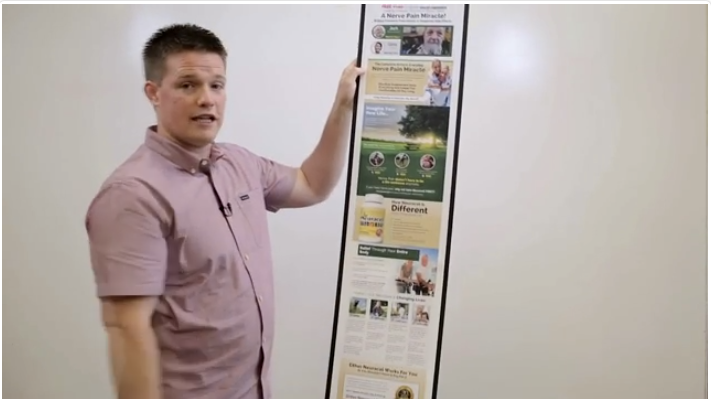How different would things be if you were generating $5,000, $10,000, $50,000 in online sales per month? Or what about an unbelievable $500,000 per month? Well I’m going to walk you through step by step how Russell did exactly that. How he created a half a million dollar a month sales funnel. Again, this is not per annum this is $500,000 a month.
Pulling Back the Curtain
Russell is selling a supplement product. The concept he is going to share with you will work for pretty much anything. If you sell accounting services, consulting services, software, or a product of some description.
First, is the product, a supplement. The first thing Russell and his team did was they created a sales letter. If you are not familiar with a sales letter, a sales letter is simply a web page designed in a specific way to designed to persuade the reader to purchase a particular product or service. For this market, they found a sales letter converted best. This is what their sales letter looks like.
This is the first step in their sales funnel. This is where it begins.
This is where most of the business sales funnels start. It usually starts with some kind of sales video or some kind of sales letter. So the customer purchases your product or service from the sales page, and right after they purchase for you, they are taken to a Thank You page. Is this what your sales funnel sort of looks like a sales message and a thank you page. Right?
Well, that’s what their sales funnel looked like when they first launched Neuracel. Once they launched it they then started driving traffic to it through paid online advertising. It was doing well. In fact, they got to the point where it was doing about $20,000 to $30,000 per month.
However, like all good marketers, they wanted to figure out a way to grow that, to make it bigger. So they started tweaking and playing with the funnel and trying a bunch of different things. So here’s what happened…
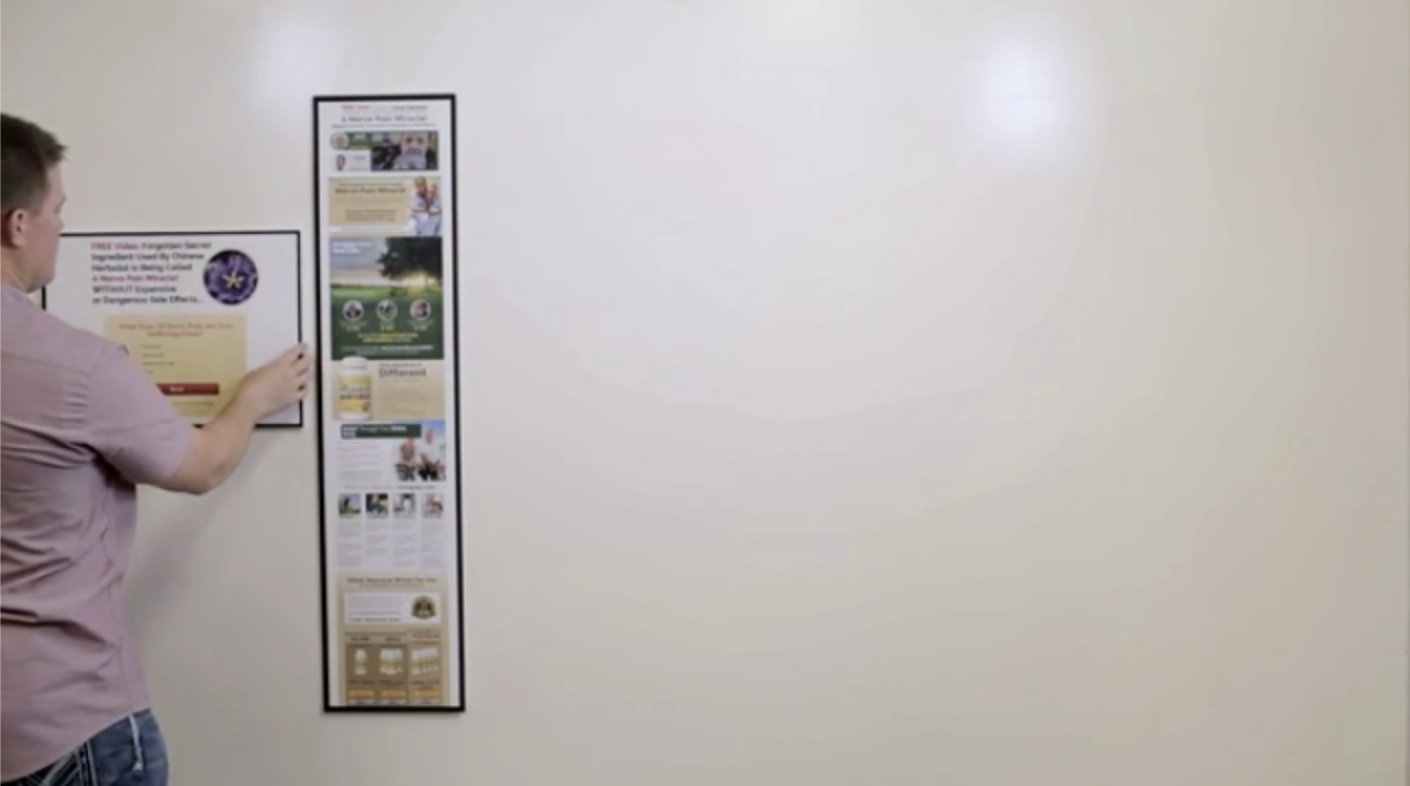
Back to Basics
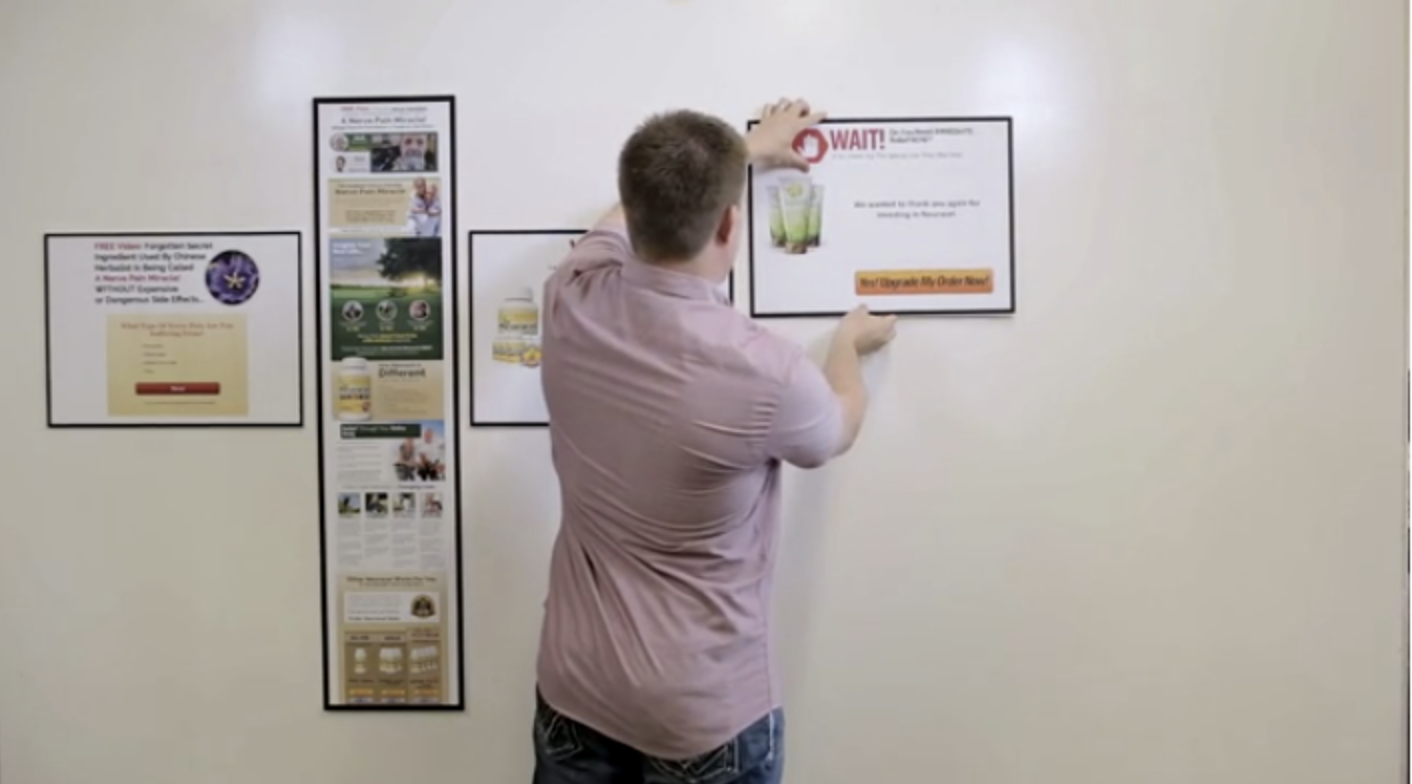
On the Pop
A No is Not Always No
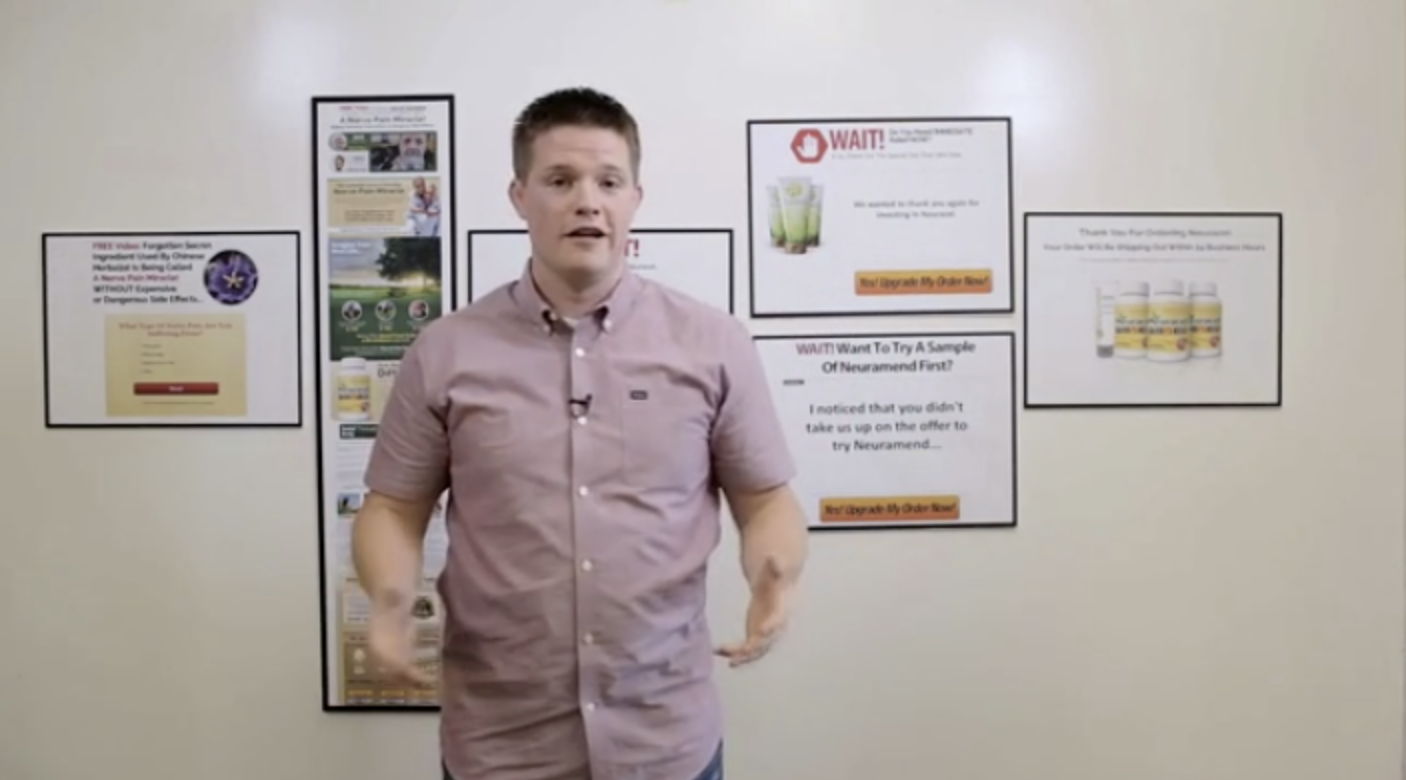
They then decided that for people who were not buying at any of these stages, they need a way where the customers could try the product cheaper and faster just so they can see if it would work for them. As Russell’s team was confident the product would because they had such great success stories. They knew that if the customers tried it, it would work. So they created a trial version where you could get a bottle for a 2-week trial where the customers could try out and they would purchase the trial bottle.
That was added as the second exit pop. Customers can basically test it and see if they can qualify for a free sample. If they do, a sample bottle of Neuracel is shipped to them to test out and see the effect for themselves.
So you can now see what their completed sales funnel currently looks like. And again, that’s the anatomy of a $500,000 a month sales funnel!
Now for everyone reading this, obviously, you all got different products, different services, but you need to look at the layout. This layout is what’s working for Russel and his team in Neuracel. It is very similar to what they use in their information marketing businesses and in other businesses as well. The one big issue that a lot of people talk about when they look at this is “This is awesome! But how am I going to build that out?” “There are a lot of pieces, a lot of pages, there are shopping carts and all these stuff that go into it. How do we do that?”
In Russell’s case, for year and years, he had three people in the team who would build these things out for them.
The first person they have is the designer.
The designer is the first person the sales funnel comes through and makes the pages look the way you want. A typical designer on the low end is going to cost about $50,000 a year. That would be one cost.
The second person you need on your team is a programmer.
A programmer is a guy who takes the sales funnel’s beautiful pages and slices them up. He puts them on the internet. He connects the shopping cart and the autoresponders and all the pieces that go together when someone buys a product to the next. Now a programmer, on the low-end, will cost your business about $80,000 a year if you hire one.
The third person in the team who help make everything work like changing the headline here, adding a block right here, and doing just a bunch of split test would be the analytics person. A typical analytics person is going to cost around $60,000-$80,000 a year.
In order to build this kind of funnel or any other funnel, one would need 3 people. With this, it is very easy to see how much money it’s going to cost to have those 3 people in a team. Who would really want to pay for a designer, a programmer, and an analytics person? Take all of those three salaries alone and one would be looking at $180,000 to $190,000 a year to be able to create and maintain a sales funnel just like what Russell just shared.
It adds up. It is expensive. This is how it has always been for most companies for years. They’ve had to rely on an entire team of people to build these things out. For most people who are not getting enough of what they should, they have a business where they don’t have the revenue to support such a huge overhead, they struggle.
The good news is that with the development of technology and with your ability to outsource now you can create your own sales funnel in a way that replaces the need for a designer, replace your programmer, and replace the analytics person in a very simple and easy to create.
If you are ready to make 2015 your best year ever and you a serious about creating a sales funnel that works for you, then take me up on the opportunity to have a free 30 minute strategy call.
The Answer is Always No When You Don’t Ask!
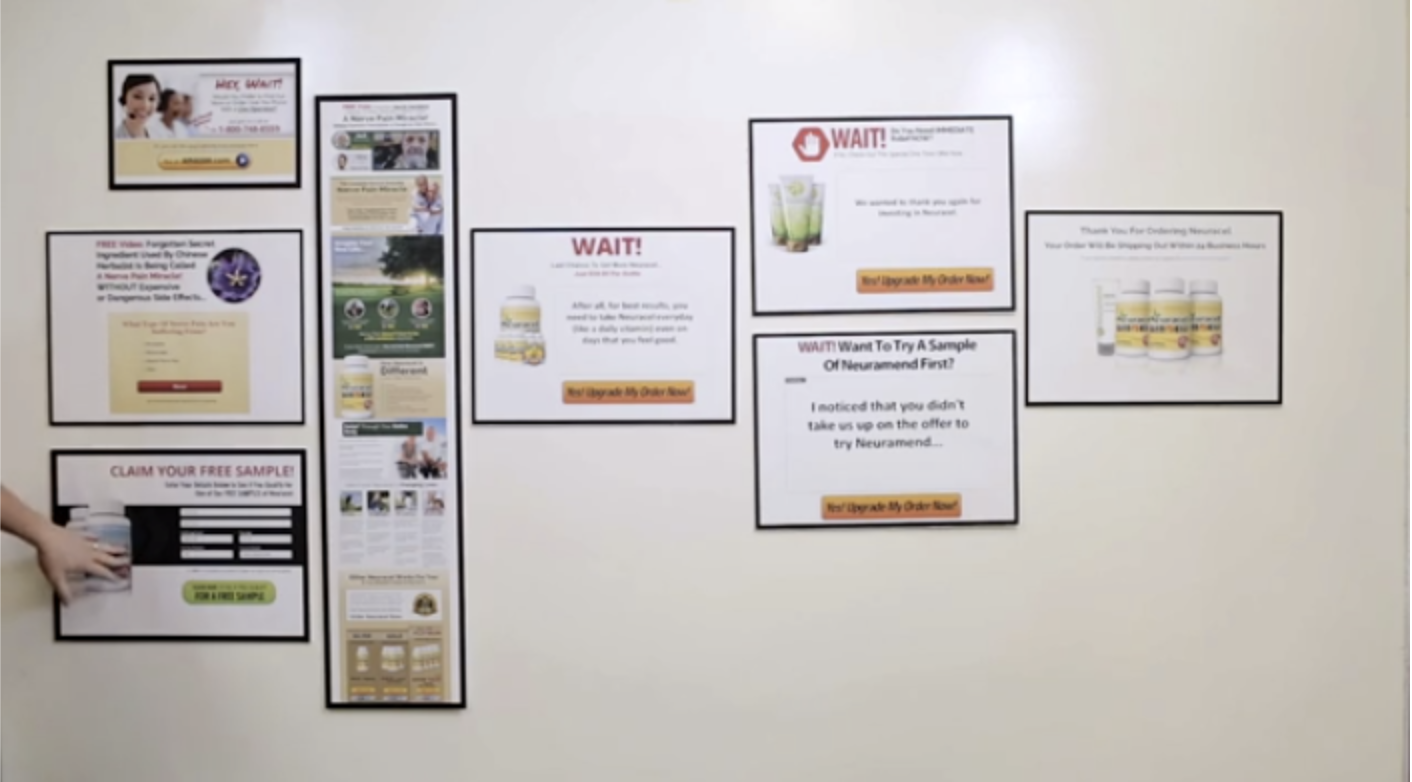
The next thing they did was to add in their very first upsell. Sometimes this is called “one time offers”, OTOs, but it is an upsell. For this sales funnel, since they noticed that people who were buying Neuracel, probably wanted to buy more Neuracel. Their first upsell was really simple, a customer could just buy a packet of 6 bottles and get a huge discount. So they created an upsell page and put that up and that became the very first upsell.
When they did this, Russell wasn’t sure if it would work. Are people going to buy more of the exact- same thing? They were clueless at that time. But in this situation, it worked incredibly well. On average, they got about 23-24% of people who bought a bottle in the sales letter page went on to buy 6 more bottles in the immediate upsell. That is exciting!
Now in other cases, when you have an information product, your upsell doesn’t have to be more of the same thing. A lot of times, what you would want to sell could be the next product in your product sequence.
So that is how they first started. The first upsell. Again, their income started increasing. The funnel started working better. They started thinking of other upsells, of other products that they could add in. They went out and found a product-line that was being sold that was a nerve cream. People would rub it on their leg and it would help them.
So, Russell’s team decided to make their own nerve cream product and called it Neuramin. They created an upsell where people could buy 3 bottles of Neuramin.
That became their second upsell. The second OTO in the sales funnel. They got a large percentage of people who were buying to also purchase Neuramin.
However, it wasn’t as big as they kind of hoped. They went back and reviewed the funnel and wondered if the reason the second upsell wasn’t working as well as planned was that they were offering too many bottles. So they decided to add in a down sell so that instead of having 3 bottles, a customer could purchase just one bottle. That became their down sell.
What’s amazing is that a huge percentage of people who didn’t buy the 3 bottle pack ended up buying the one bottle pack. Imagine how incredible that was for their conversion rate and how much money they made through this entire sales funnel.
Now, that is where it ended. After the down sell, customers will be taken to the thank you page to show them exactly what they have purchased.
Now, for awhile, that is what their sales funnel looked. They started increasing how much money they were making. For Russell, he was looking at sales funnel like creating something where you can put in $1 of advertising at the beginning and the customers goes through the steps and on the backside, Russell gets back $2. Suddenly he’s got a funnel that is going to make him a bunch of money.
So once they had everything set up, the first time they have tested it they put in $1 of advertising and they made $3 back. Now imagine this, if you were to give $1 to your advertisers and you got $3 back, how often would you do that? You would want to do it all day long.
As soon as they achieved these metrics with their sales funnel, they were able to increase quickly again from $20,000 to $300,000 three months later and then to $500,000 a month and the revenue keeps growing and growing.
They also did a couple of cool tweaks to their funnel to really it ramp up and make it work even better.
